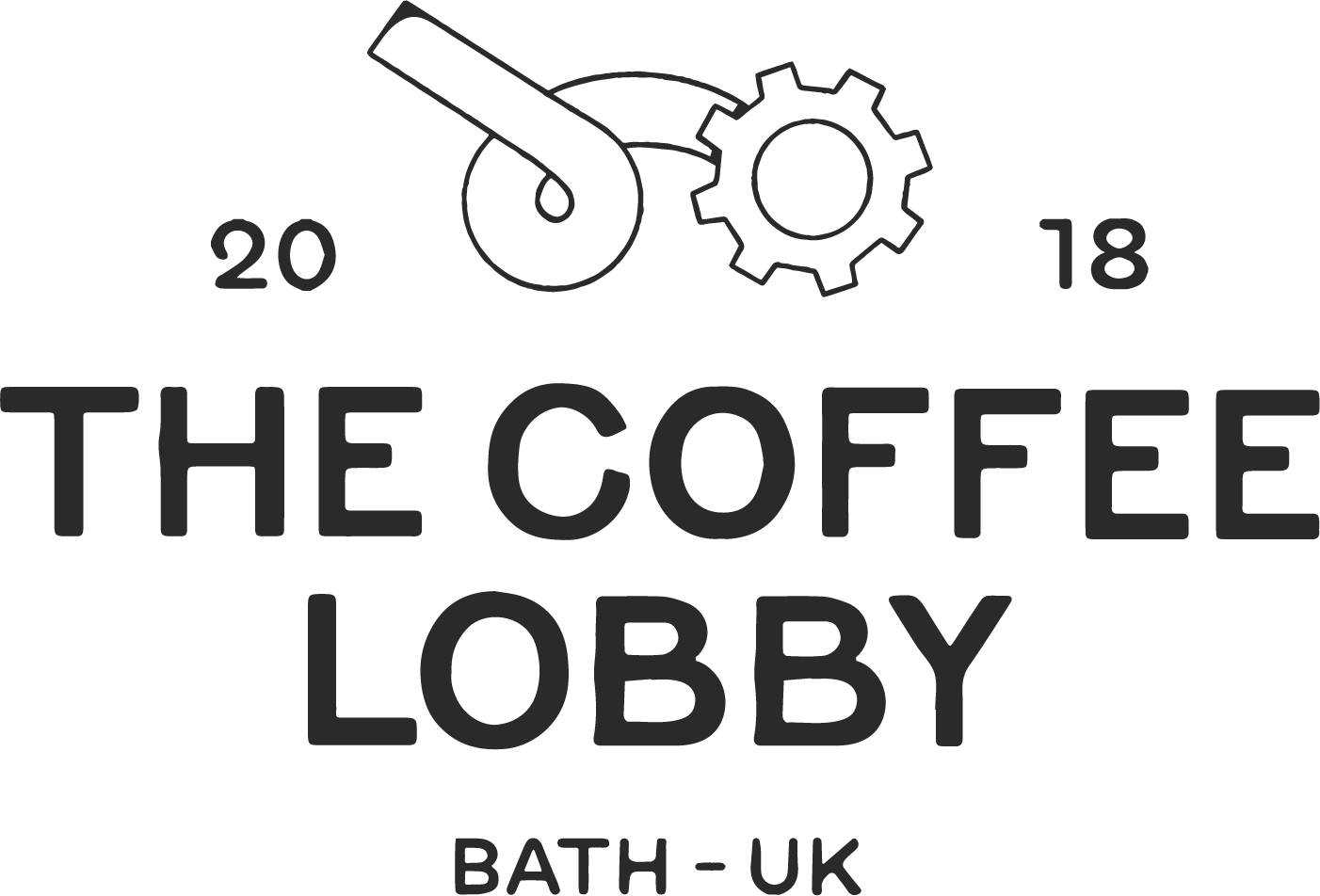Types of Commercial Espresso Machines.
What are the different types of commercial espresso machines & what are the differences?
Well the short answer is there are 2 main types, they are the traditional coffee machine & the bean to cup coffee machine.
Generally one requires a Barista or member of staff to make your coffee & the other is a push button machine which will grind the coffee & produce a drink automatically, there are of course hybrids but today I will talk only of the 2 basic types & the positives & negatives to both.
Traditional Coffee Machine : These machines are manual in operation & require skill to produce a decent espresso based drink, they have manual steam arms to froth milk & they are controlled by the user to create the different types necessary for each drink.
The steam is created by heating a boiler that is part filled with water, the boiler is air tight so as the element is heating the water the steam created is unable to escape allowing pressure to build, once it is at full steam pressure the steam valves can be opened creating hot dry steam which is used to heat the milk for your latte or cappuccinos.
The traditional coffee machine will also have a function for producing espresso, this is usually in the form of a solid metal group head in which a portafilter will fit. Once the coffee has been through the coffee grinder & sitting nicely inside the portafilter it is fitted to the machine & a set dose of hot water is pushed into the portafilter with the aid of a pump & if the grinder is set to the machine with a workable recipe then the machine will produce a delicious espresso.
All that is left is for the Barista to create some Latte Art & your coffee is ready.
Bean to Cup Coffee Machine : These machines are automatic in nature & usually have a built in coffee grinder, they can come with powdered milk or fresh milk options & can make any coffee based drink without any assistance from the user.
Some Bean to Cup machines use steam boilers but the majority will use a thermoblock boiler & a milk pump with assisted air valves to create frothy milk.
The espresso function often uses a brewer unit which will collect the ground coffee from the grinder & use a piston to create pressure inside the chamber, this will then have hot water passed through & extract coffee into a cup below.
Pro’s of a Traditional Coffee Machines :
Price compared to Bean To Cup machines will generally be much cheaper.
Technical support & servicing is readily available along with technicians & parts.
The quality of drink produced will be to a higher quality with a good Barista.
Easily adjusted & customisable.
Cons of Traditional Coffee Machines:
These machines need to be operated manually, they require staff or Baristas to get the best from the machines.
All steam boilers DO REQUIRE PSSR 2000 inspections every 12 months to comply with the law.
Coffee Grinders are separate to the Espresso Machine so will require more counter top space.
Pro’s of a Bean To Cup machine:
These machines can be self serve with card payment systems fitted so you do not require staff member to operate.
Some Bean To Cup machines use thermoblock boilers that do not produce steam & no PSSR 2000 is required.
Bean to Cup machines have built in coffee grinders so counter top space is reduced.
Cons of Bean To Cup Coffee machines:
Expensive to purchase due to the components & computers involved to achieve the automatic proccess.
Expensive to repair as parts generally cost a lot more than traditional coffee machines.
Service support & technical help is usually controlled by the distributor or manufacturer so you are unable to use independent coffee machine engineers for repairs & servicing.
As we are a truly independent espresso machine servicing business we can offer truly impartial advice & best advise what machine is the right choice for your business so contact us today & get the support you need.

